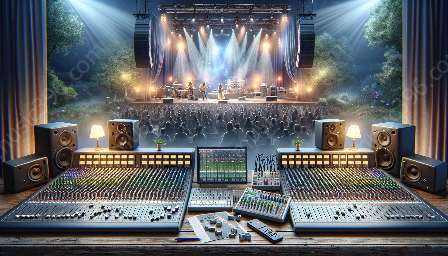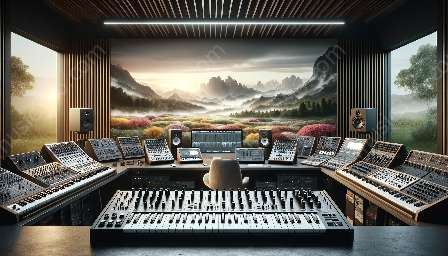In the digital age, distributed audio systems have become an integral part of large venue settings, offering seamless audio networking and streaming capabilities. This article explores the technology, applications, and benefits of distributed audio, while also examining its compatibility with CD and audio.
Understanding Distributed Audio
Distributed audio refers to the process of transmitting audio signals to multiple locations within a facility, allowing for consistent, high-quality sound reinforcement across large venues. This technology is particularly crucial in spaces such as sports arenas, conference centers, shopping malls, and theme parks, where effective audio distribution is essential for enhancing the overall visitor experience.
Compatibility with Audio Networking and Streaming
As the demand for integrated audio solutions continues to rise, compatibility with audio networking and streaming has become a key focus for distributed audio systems. By leveraging audio networking protocols and streaming technologies, such systems can efficiently manage and distribute audio content throughout expansive venues, ensuring consistent coverage and optimal sound quality.
Benefits of Distributed Audio
The implementation of distributed audio in large venues offers numerous benefits, including:
- Scalability: Distributed audio systems can be easily expanded to accommodate the evolving needs of a large venue, allowing for seamless integration with existing infrastructure.
- Enhanced Flexibility: Venue operators can centrally control and manage audio distribution, adjusting volume levels and content delivery according to specific zones and events.
- Improved Sound Quality: By strategically placing speakers and audio sources, distributed audio systems ensure consistent and high-fidelity sound reproduction throughout the venue.
- Efficient Deployment: With the use of audio networking and streaming, installation and maintenance of distributed audio systems are streamlined, resulting in cost savings and enhanced operational efficiency.
Distributed Audio and CD/Audio Compatibility
While the industry has witnessed a shift towards digital audio streaming, distributed audio systems are still compatible with traditional CD and audio formats. This compatibility ensures that venues can cater to diverse audio sources and playback devices, accommodating different preferences and needs of both operators and visitors.
Applications of Distributed Audio
The versatility of distributed audio systems enables their use in various applications within large venues, including:
- Public Address (PA) Systems: Supporting announcements, emergency notifications, and background music throughout the venue.
- Immersive Audio Experiences: Creating dynamic soundscapes for entertainment venues, theme parks, and theaters to enhance visitor engagement.
- Commercial Background Music: Providing ambient music in shopping malls, restaurants, and retail spaces to influence customer behavior and create a welcoming atmosphere.
- Conference and Event Spaces: Facilitating clear and intelligible audio for presentations, seminars, and live events, ensuring optimal audience engagement.
Embracing the Future of Audio Distribution
As technology continues to evolve, the integration of distributed audio in large venues will play a pivotal role in shaping the overall audio experience for both operators and visitors. With its compatibility with audio networking and streaming, as well as its connection to CD and audio formats, distributed audio systems represent a dynamic and versatile solution for enhancing audio distribution in diverse and expansive settings.






























